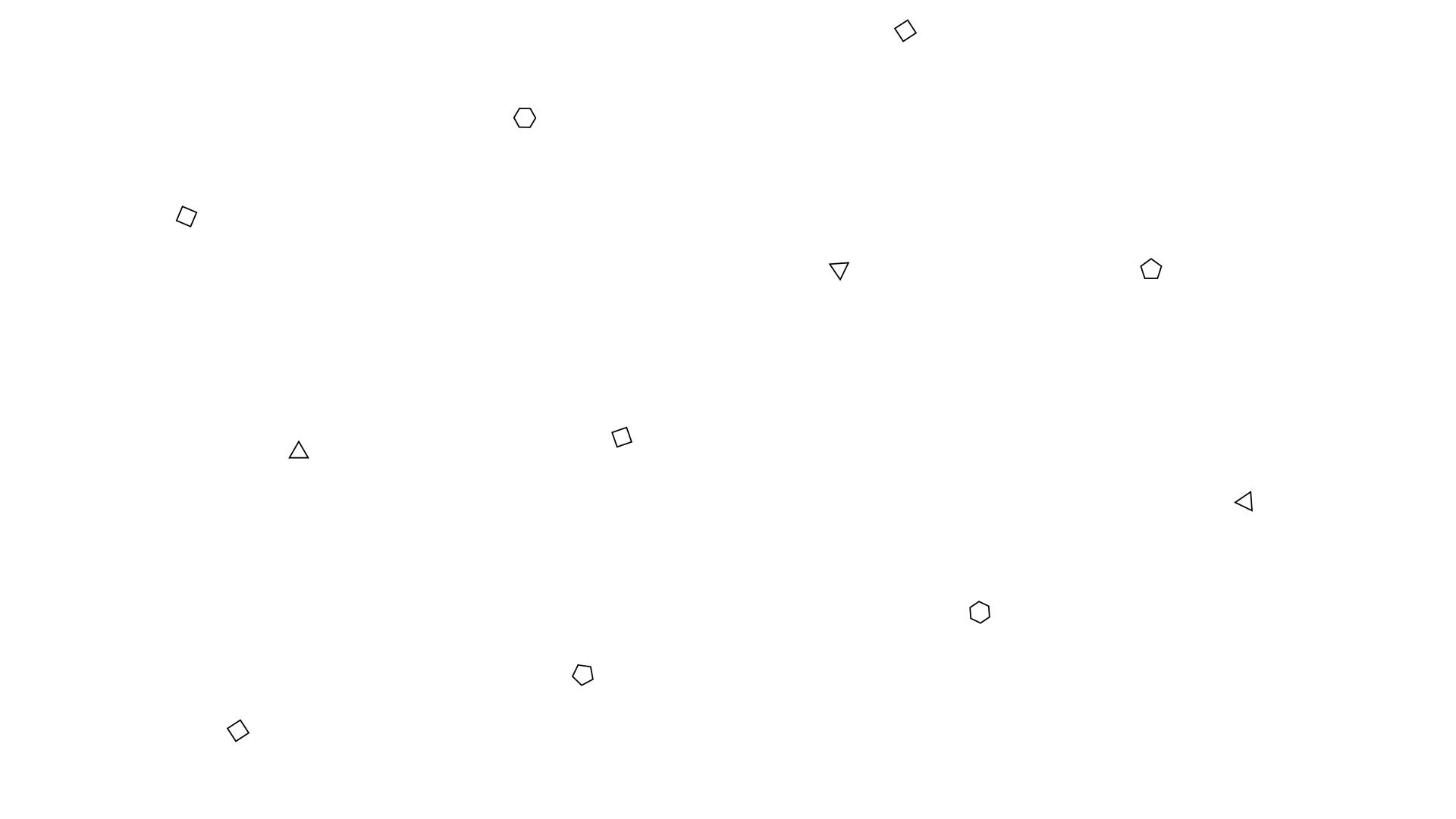Rules and Flowers
- Game Design Wizard

- Dec 6, 2019
- 3 min read
Updated: Dec 23, 2019
Every game has rules. Rules tell players what to do but perhaps more importantly, what not to.
Because games are closed systems, players are not allowed to do everything they want. And this makes a lot of sense, once limitations generate challenges, having specific actions to be performed in a determined game space is a good framework to start thinking about your game mechanics.

To do or not to do...
If we were to play rock, paper, scissors there are 3 gestures we have to store in our inventory: the rock hand, the paper hand and the scissor hand. Once we have that information, we have to know what to do with them, when to do it and what is the consequence and relationship between those three game elements.

You can't use both hands to show an extra symbol, just one hand. Both or all players must follow a countdown in order to reveal their choice at the same time to avoid any advantages. And on top of that, we have the elements' "hierarchy". I quote because there's actually no hierarchy, we could say that the system of influence is an infinite loop of defeat. Rock beats scissors, scissors beat paper and paper beats rock. If two equal symbols are shown, we have a draw.
Once established all we need to know in order to play, a question is raised: what if I want to show any other hand gesture? Basically, you create a bug. The game doesn't have any other information stored in the database to compute, so any other symbol different from those three are irrelevant. They don't have any meaning inside that game world.

This idea is very important to understand because it doesn't matter if you are designing a rock, paper, scissors 2.0, a boardgame, an epic console adventure or another first person shooter. You have to think about the possible actions a player has at their disposal and what are the consequences inside the game system with the usage of those actions.
Maybe another good idea is to limit player movement, I mean, what could create some real interesting interactions if your avatar wasn't able to jump? What if in a shooter game every shot killed the avatar and you could only shoot at certain spots on the level?
The moment we begin setting permissions that increase the meaning of the decisions the player has to make, we start creating high quality game design.
InterActions
Imagine a little plant that shoots flowers and moves in 4 directions ←↑↓→ only stopped by tree trunks and bushes. Under sunlight, you shoot yellow flowers. Under shadows you shoot blue flowers. Now let's imagine that all levels are a maze of lights and shadows. So far, we have a nice mechanism of limitation of resources in specific places of the game.

We'll go a little deeper on that idea and add just 3 more elements that will create some cool combinations on our level design.
- Let's say the aim of the game is to destroy all boxes of each level. So imagine we had two types of boxes of those same colors: yellow and blue. And now, let's establish that each box can only be destroyed with the opposite flower shot.
- What if we added some enemies? Yellow and blue spiders that walk around and if you touch them, you die. They also follow the same rules as the boxes: opposite fire shots to destroy them.
- And just one more thing: let's say that the bushes change the flower shot color once they pass through it.

With only this three game elements based on the mechanics of movement, shooting and the influence of lights and shadows we can already imagine an endless possibility of levels that might be really challenging to play through!
Here are some examples:
Dictate some Rules!
Now go ahead and experiment! If you liked the Flowers Game idea feel free to change and create a prototype from it or maybe even design your own new elements for some crazy new levels!
Thinking about it, even a multiplayer version is possible with this idea, with two plants (yellow and blue) having to shoot each other, in which the flowers of their same color increase their health and the opposite decrease it. Intriguing...
We want to see your level ideas on this game! Feel free to download the level design template we provided here to get all you need to create your own puzzles!
Play around with these elements and mechanisms that let your player be allowed or not to do something specific and relevant to that mechanic. And never forget to consider all possible interactions between game elements: players, objects, obstacles, environment, items, everything!
We hope to be a source of great game inspirations like this for a community of amazing game designers!
Thank you
for reading!















Comments